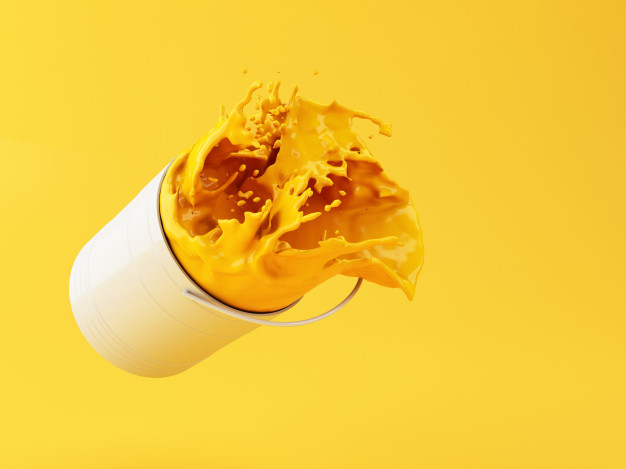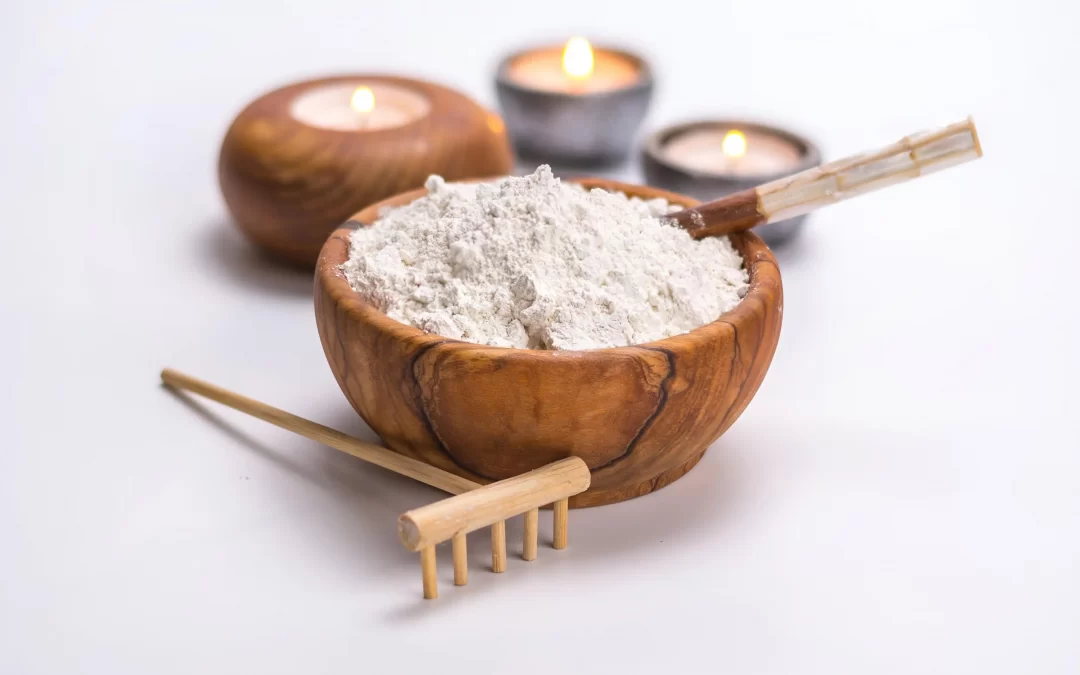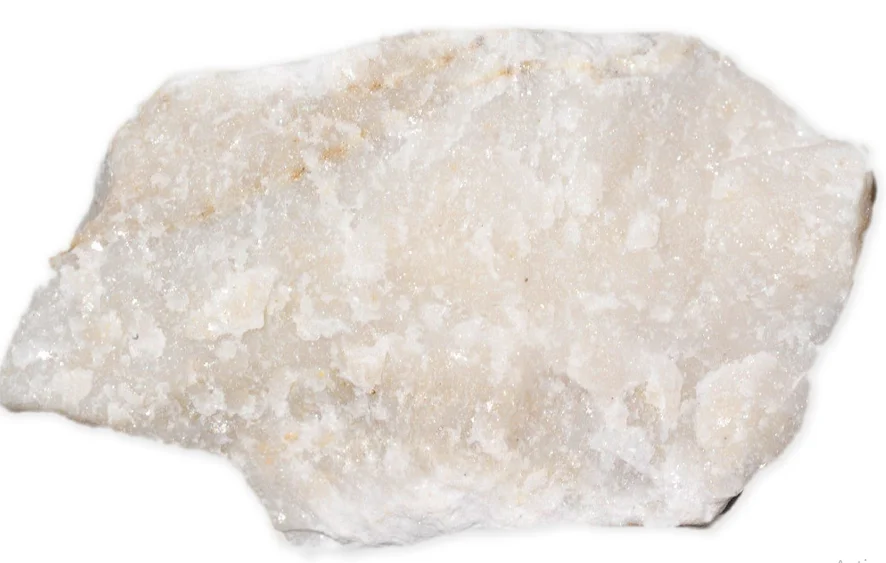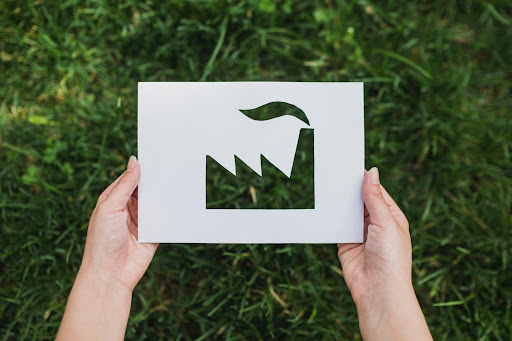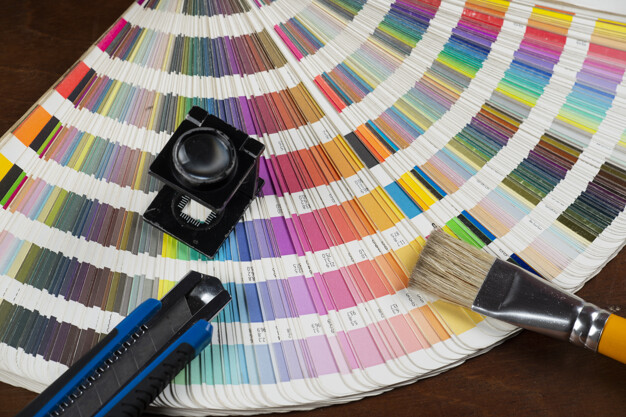
Kaolin Clay is a hydrated silicate aluminium crystalline material, which is produced over millions of years by the hydrothermal decomposition of granite minerals, or ‘china clay,’ as it is widely called. It is a soft, earthy, usually white mineral which in many parts of the world is colored pink-orange-red by iron oxide. Sometimes, alternating layers are found. Commercial Kaolin at GMCI is supplied and transported as a dry powder, with naturally fine particles. It is refractory and remains white after calcination. Additionally, the Kaolin produced by GMCI is hydrophilic and can be easily dispersed in water, while also being a weak conductor for electricity and heat. Additionally, it also has high brightness and is non-abrasive.
Kaolin is one of the most indispensable fillers in the paint industry. The industrial Kaolin affects the quality and performance of the paint significantly while it also reduces the cost of formulation. It also has several other advantages like improved film formation, rapid collapse prevention, increased weather resistance, and also consequently reducing the rate of passage of moisture. It also gives a high gloss. Similarly, Kaolin is an important part of the coatings industry as well. In the case of architectural coatings, Kaolin offers increased opacity and tint strength, stain and scrub resistance, improved pigment suspension, sheen control, and improved holdout. It is hence an economical and excellent extender that helps in keeping the manufacturing costs of architectural paints and coatings down.
Kaolin also plays an important role in the manufacturing of primers by giving tank stability, film smoothness, corrosion resistance, edge film builds, and uniformity. For automotive primers, Kaolin products are characterized by low salt content, easy dispersion, good throwing power, and proven performance. Coming to industrial coatings, Kaolin is used extensively in high-performance settings and especially where durability is the key. This includes traffic paint, textured paint, baking enamels, and coil coatings. It hence ensures consistent performance and durability until the finish. Lastly, in the case of printing inks, Kaolin though is used in very small proportions, is still very vital because it can extend resin cost-effectively, while also improving holdout, maintaining the ink gloss, and extending colored pigments. Easy dispersibility, low abrasion, and low oil absorption are the other advantages of Kaolin in inks.
Kaolin clay, hence is that mineral which again has it benefits across several industries while being the most essential component for productions in paint and coatings industry. At GMCI, we listen to the needs of our clients and provide them an outstanding selection of Kaolin Clays. Developed by our experts, using superior ingredients, the Kaolin we produce is of a quality that cannot be beaten easily.


